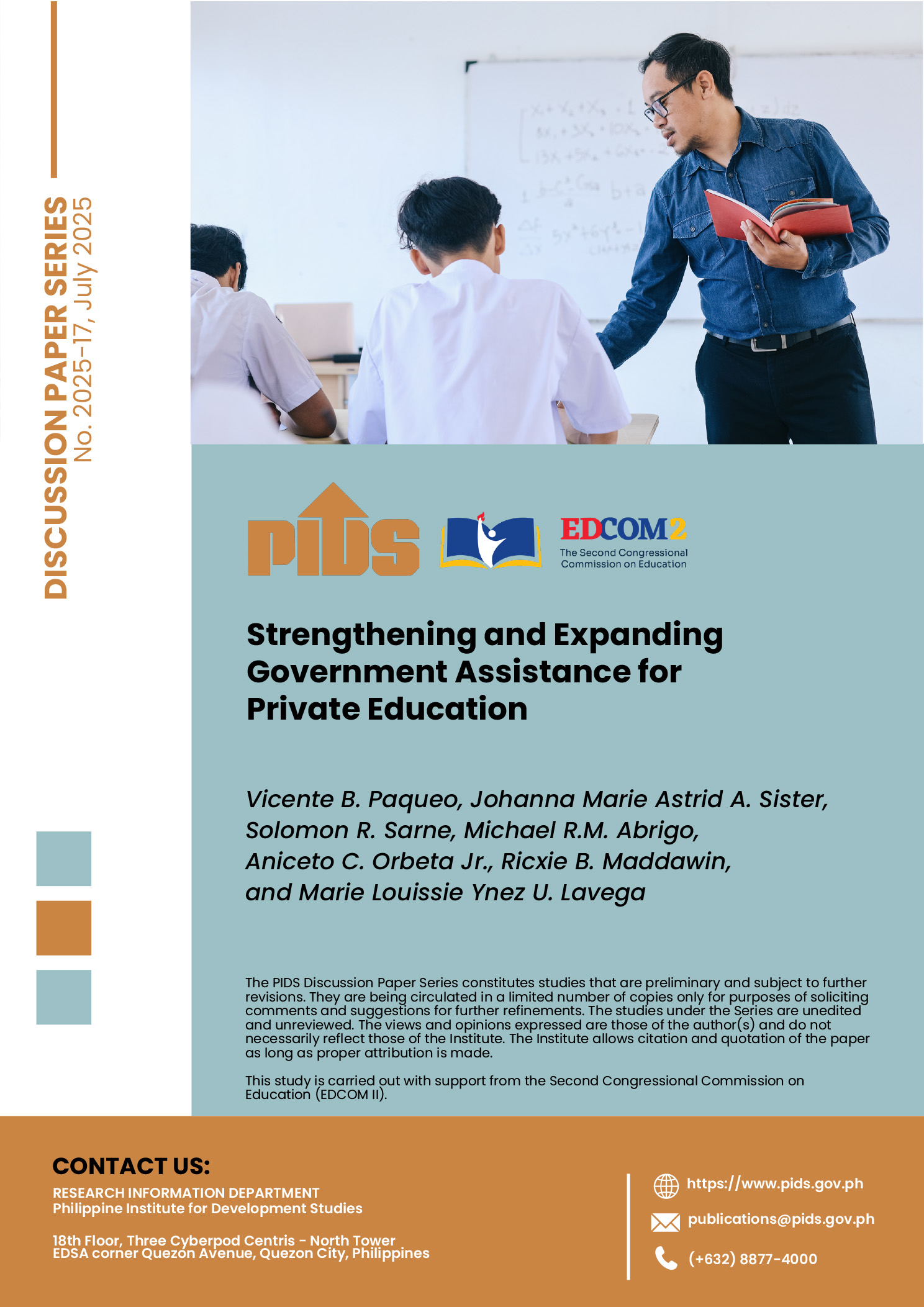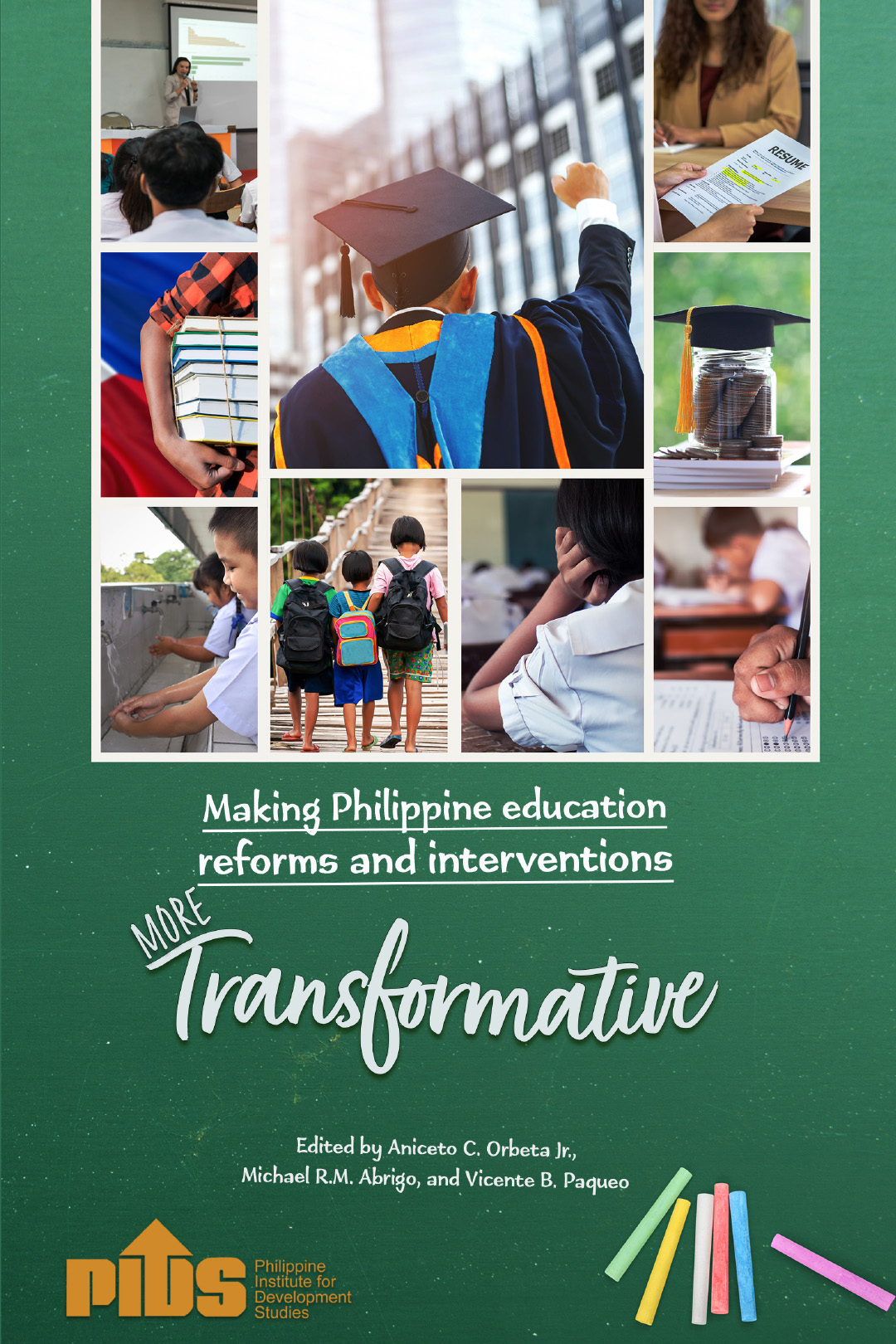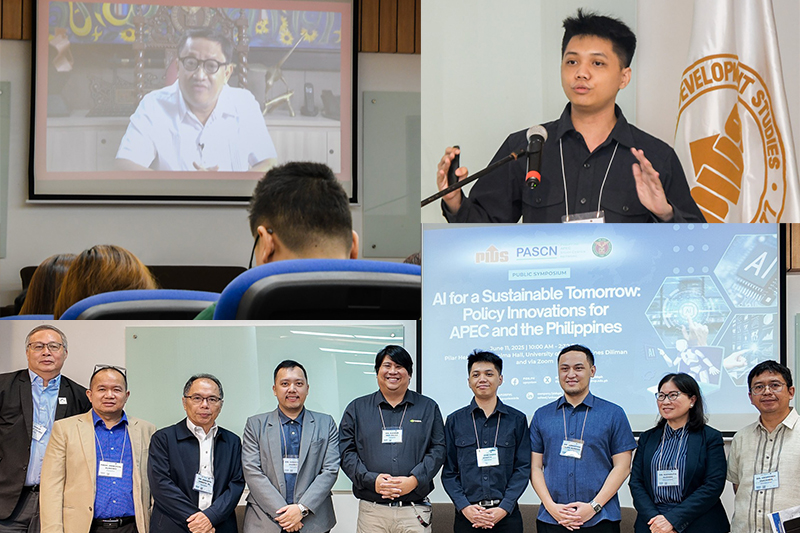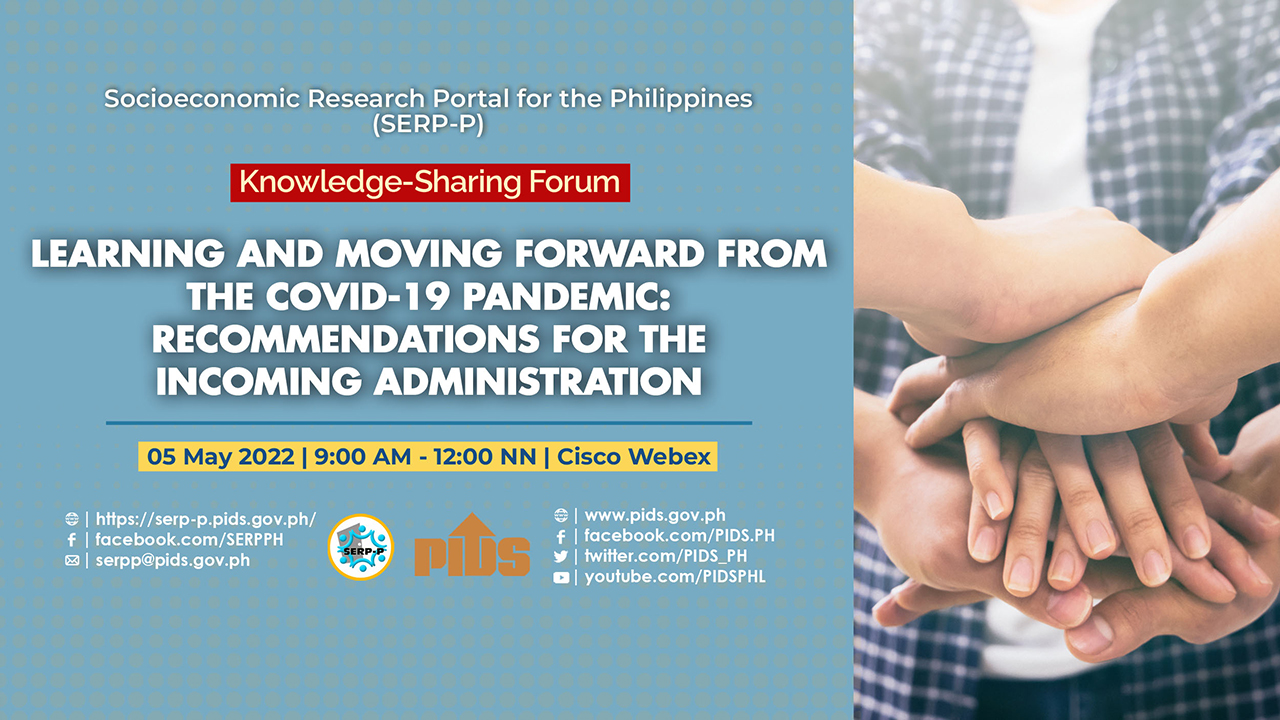MOOCs can help make education affordable and accessible
Massive open online courses (MOOCs) can be a good way to make education inclusive.
Speaking at a recent forum organized by state think tank Philippine Institute for Development Studies (PIDS) in Makati City, former World Bank Lead Economist Marito Garcia noted that the escalating cost of tertiary education can deprive poor people from getting high-quality education, and later on, quality high-paying jobs.
“MOOCs can reduce the cost of education since these courses are open, free of charge, affordable, and self-paced. You can also earn a certificate by taking MOOCs,” Garcia explained.
However, since MOOCs are offered via the web, Garcia stressed the importance of having a reliable broadband internet connection and a computer or mobile device. Otherwise, “MOOCs will only benefit the elites,” he cautioned. Nevertheless, a MOOC student does not have to be online at all times since lessons may be saved and downloaded in a USB stick, Garcia pointed out.
For the poor to be able to benefit from MOOCs, Garcia recommended for the government to try implementing a conditional MOOCs transfer that would complement the existing conditional cash transfer program. For example, the government could partner with service local internet providers in providing low-cost broadband internet connection and with funding organizations like the World Bank and the Asian Development Bank in providing computers or tablets to beneficiaries under certain conditions.
MOOCs are a relatively new concept of providing education. By definition, MOOCs are offered online, free of charge, and may be accessed by massive numbers of people. Courses are offered by top-performing universities from around the world such as Stanford University and Harvard University in the United States and the University of Tokyo and the National University of Singapore in Asia. Topics range from physical and social sciences and finance to music, humanities, and information technology, among others.
Popular providers of MOOCs include Coursera (www.coursera.org), which was founded by Stanford University professors, eDx (www.edx.org), which was established by the Massachusetts Institute of Technology and Harvard University, Udacity (www.udacity.com), and Khan Academy (www.khanacademy.org). These providers are considered models for delivering quality educational content through MOOCs.
In the Philippines, the University of the Philippines Open University (UPOU) has started offering MOOCs via its Massive Open Distance e-Learning (MODeL) (http://www.upoumodel.com). Currently, there are six free online courses in the MODeL for those who are interested to join the Business Process Management (BPM formerly BPO) industry.
Unlike in traditional learning institutions, the users and learners of MOOCs are a combination of professionals and students. In fact, most of the users of MOOCs already have their college degrees either bachelors, masters, or doctorate.
Development in MOOCs changes every month in terms of availability of learning platform. Many groups are now experimenting with blended MOOCs, which use a combination of online and face-to-face learning approaches.
According to Garcia, learners are more motivated to complete blended MOOCs compared to full online courses, where dropout rate is seen at 60 percent. Employers in the US also believe that hybrid MOOCs are more effective in training future workers than their full online counterparts.
Garcia also highlighted the big disconnect between graduate skills and market needs. He cited a World Economic Report article that says 72 percent of universities claim their graduates are ready to get a job. However, only 42 percent of employers say otherwise. Usually, it takes six months for employers to train their graduates to make them ready for work.
“Jobs are changing radically as experienced in the services sector. MOOCs could be a solution to this mismatch since universities and other education providers can develop customized MOOCs on sought-after jobs. Taking MOOC can therefore give someone an edge in the labor market,” he contended. ###












